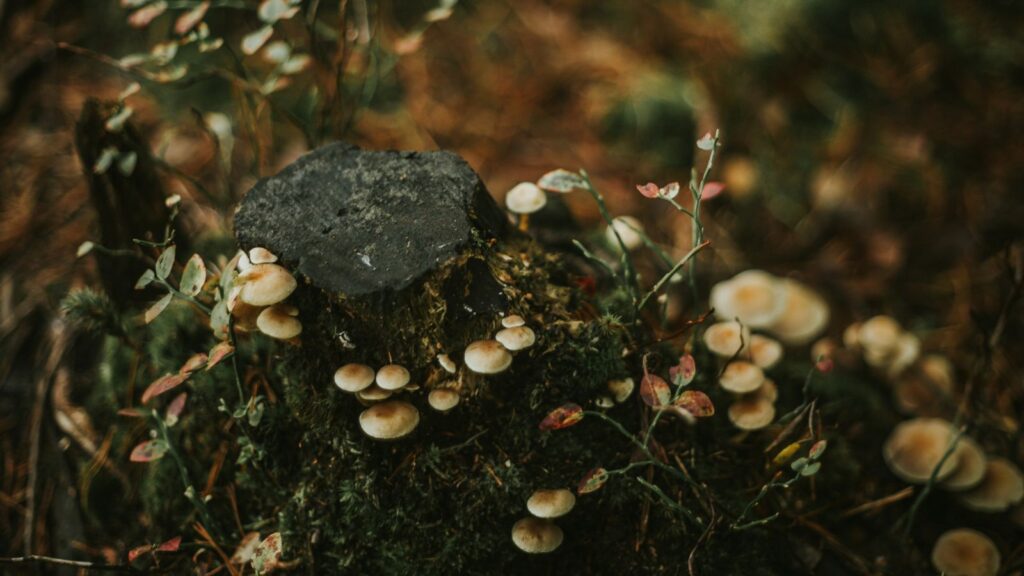Preparing for a kambo ceremony is not unlike preparing for any other strenuous physical activity. Taking care of the mental and physical self in the weeks leading up to a physical undertaking can help manage anxieties, aid in the recovery process and transform the overall experience. Hydration, diet, and physical mindset all help build a strong foundation allowing this amphibian-born medicine to heal, teach and nurture.
What to Do Before Kambo
Kambo is a traditional medicinal practice using the poisonous secretions of the Phyllomedusa bicolor or the Amazonian tree frog. Many tribes of the Brazilian Amazon use kambo medicine in their healing or hunting practices. Each culture has its own interpretations and values surrounding kambo, but largely it is heralded for its ability to cleanse the body of negative energy, allowing participants to expel what is no longer serving them and make room for healing.
For those interested in engaging with this frog medicine, deciding to participate involves mentally preparing for the sometimes uncomfortable emotional, spiritual and physical transitions of the kambo experience. Going into the ceremony without understanding the intensity of kambo medicine may make participants resistant to the necessary purging and affect what they get out of their experience.
After deciding to participate, researching the right practitioner, planning for accommodation, transportation, and companionship are all essential parts of preparing for a kambo ceremony.
Everyone has unique hydration needs, but kambo practitioners recommend participants do their best to stay hydrated in the month and weeks leading up to their ceremony.
Similar to an ayahuasca ceremony, drinking water helps the body regulate temperature, prevent infections, and deliver nutrients to cells and organs. Experts recommend 11-16 cups of water daily depending on body makeup, activity level and environment. Eating fruits like cucumbers, citrus and melon can provide a supplemental method of hydration if drinking plain water is a challenge. In the weeks leading up to a kambo ceremony, staying well hydrated can help strengthen the body for the exertion ahead.
However, over-hydration can be dangerous and put participants at risk for hyponatremia: a condition where salt levels in the blood are overly diluted, causing nausea, fatigue and in some extreme cases seizure or coma. Drinking electrolyte-rich liquids, like coconut water or tea with honey and salt, can help combat the risks of hyponatremia. Kambo practitioners also recommend avoiding distilled or alkaline water as it has been stripped of minerals that are helpful during the purging process.
Practitioners recommend abstaining from alcohol, coffee, sugar, dairy and spicy foods in the days leading up to a kambo ceremony. Giving the liver and digestive system a respite before the ceremony can help make the purging process easier. Making sure that the physical body is well-nourished and hydrated with healthy fruits, vegetables and protein sources can best set participants up for their kambo experience.
Some practitioners have more specific dietary guidelines such as: removing artificial sweeteners, meat, gluten or citrus. Ceremony participants are best advised to follow the guidelines set in place by their kambo practitioner and listen to their bodies’ unique needs. It is important to not remove salt from the diet in order to protect against hyponatremia.
Psychological Preparation
Preparing for the intense emotional and spiritual experience of a kambo ceremony can be overwhelming. In the weeks leading up to the ceremony, setting intentions, journaling, and mediation can all help the psyche prepare for the journey ahead.
Some people find that fasting from sex, media or other psychoactive substances can help them lay a conscious psychological foundation for the frog medicine to work through. Practicing positive affirmations can also be helpful practice leading up to a kambo ceremony. While in the throes of the purge, repeating affirmations such as “kambo is healing me” or “my body knows what to do” can help ground participants during the physically uncomfortable moments of their experience.
The day before the ceremony, participants are advised to get as much rest as possible and eat light vegetarian meals. If following the recommended diet and abstinence principles in the weeks prior has been challenging, the day before the ceremony is an essential time to cut out caffeine, cigarettes and media. The more power and energy participants have going into the ceremony, the easier the purging process will be.
Day of Kambo Ceremony Experience
Some kambo ceremonies take place in the morning, while others begin in the evening. Fasting for 8 hours prior to kambo consumption is mandatory and essential. For morning ceremonies, overnight fasting allows for a clean slate to begin the ceremony with. For evening ceremonies, a light breakfast is allowed but snacking after 10:00 am is not recommended.
Right before the kambo is administered — via burned spots on the skin — participants are required to drink two liters of water to assist in the purging process.
Make sure to wear comfortable clothing that allows for exposed access to the kambo treatment area of choice — usually the back, arms or legs. It’s recommended to leave any dangling jewelry at home, as it may be distracting during the ceremony. Participants with long hair are advised to keep it pulled back for the duration of the kambo experience.
If participants wear contact lenses, they are advised to remove them before their ceremony. A common side effect of the kambo medicine is facial swelling and contact lenses could be uncomfortable on participant’s eyes. Kambo is often paired with sanaga: a plant extract used as eyedrops to enhance psychedelic visions. Contact lenses don’t allow for sanaga application, so best to leave them out of the ceremony experience.
The purging process can get messy so participants are advised to bring a change of clothes, a clean towel and a water bottle. Buckets, bathroom facilities and seating are usually provided by the kambo practitioner. In order to protect against possible hyponatremia, consumers often ensure they have easy access to electrolyte powders and drinks in case of emergency.
Aftercare
After the intensity of the kambo ceremony, participants now are faced with the task of integrating back into their daily lives. Some people leave the ceremony feeling upbeat with improved cognition and reduced stress, while others feel sluggish, anxious or depressed.
These low feelings are common amongst people new to kambo medicine and can be attributed to the herxheimer effect.
The herxheimer effect — or herx reactions — refers to the Jarisch-Herxheimer reaction that the body undergoes after antibiotic detoxification. Kambo is potentially anti-microbial and as the microbial organisms die they release toxins into the bloodstream that the body then has to filter out. The filtration process can produce feelings of lethargy, aches and pains, and mood shifts. These effects usually last only a few days and get shorter after each repeated kambo application.
Rehydrating the body with electrolyte-rich liquids and continuing to eat nourishing meals can help participants feel their best after their kambo ceremony.
Some of the insights experienced during the kambo ceremony can leave participants feeling disoriented as they attempt to integrate back into their daily life. Kambo practitioners often provide integration resources post-ceremony and participants are advised to lean on community support in the weeks following their frog medicine experience.
Do you have any insights on how to prepare for a kambo ceremony? We would love to hear about your experiences in the comments below. If you want to learn more about kambo and other psychedelic medicines make sure to subscribe to our newsletter.















